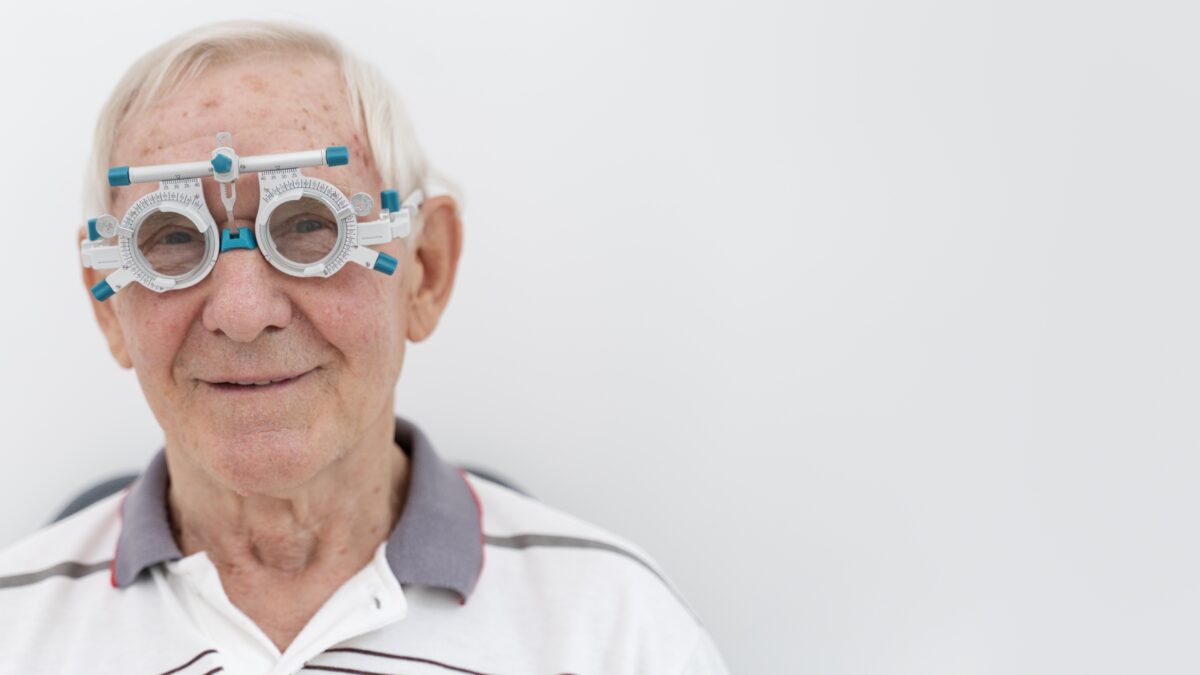Our eyesight is one of our most valuable assets, yet many of us overlook its importance until vision problems begin. Cataracts-one of the leading causes of vision loss around the world—are surprisingly common, but the good news is, they’re also highly treatable. Detecting cataracts early can help preserve your vision and independence, especially as you age. For those seeking expert care, advanced cataract treatment in Thrissur is readily available to ensure timely diagnosis and effective solutions.
In this guide, we’ll walk you through the basics of cataracts, risk factors, early signs, and practical prevention tips from a Cataract specialist in Thrissur.
Understanding Cataracts
Cataracts form when the natural lens of the eye becomes cloudy, impairing vision. This cloudiness blocks light from properly entering the eye, leading to blurred or dim sight.
Types of Cataracts:
- Nuclear cataracts: Develop in the center of the lens, often due to aging. They cause gradual vision blurring, especially in low-light situations.
- Cortical cataracts: Appear as white, wedge-shaped spots around the lens edge, leading to glare, distorted images, and difficulty with color perception.
- Posterior subcapsular cataracts: Form at the back of the lens, often due to diabetes, steroid use, trauma, or radiation. These progress faster and cause glare, halos, and trouble in bright light.
Common symptoms across all types include:
- Blurred or hazy vision
- Sensitivity to bright lights
- Faded or yellowed colors
- Halos around light sources
- Frequent prescription changes
Who Is at Risk?
While cataracts typically develop with age, other risk factors may speed up their onset:
- Diabetes
High blood sugar levels can alter the eye’s lens, leading to quicker clouding.
- Smoking
Tobacco use boosts the production of free radicals in the body, which damage the proteins in your eye’s lens and speed up the development of cataracts.
- UV Exposure
Spending too much time in the sun without protection can damage your eye’s lens over time and raise your risk of cataracts.
- Eye Injuries
Trauma to the eye may disrupt the lens structure, leading to cataract development—sometimes years later.
- Genetics
A family history of cataracts can make you more susceptible, often at a younger age.
Early Symptoms to Watch For
Cataracts often develop slowly, which is why early signs can go unnoticed. But recognizing them early can make all the difference:
- Blurry vision, even with corrective lenses
- Difficulty seeing at night, especially while driving
- Increased glare from headlights or sunlight
- Halos or rings around lights
- Needing stronger glasses more frequently
These signs shouldn’t be ignored, as they can indicate the onset of cataracts that require medical attention.
Why Early Detection Is Key
Catching cataracts early offers major benefits:
- Preserves Vision: Early treatment helps prevent long-term damage.
- Simplifies Surgery: When caught early, the surgical process is faster, safer, and more effective.
- Better Results: Outcomes are more predictable, with improved recovery and satisfaction.
- Maintains Life Quality: Enjoy your daily chores with a clear vision.
How Cataracts Are Diagnosed
Cataract diagnosis is straightforward and painless. A comprehensive eye exam may include:
- Slit-lamp exam: Allows detailed inspection of your eye’s front structures.
- Visual acuity test: Assess the sharpness of your vision across near and far distances.
- Dilated retinal exam: Helps examine the back of the eye for other potential issues.
These tests determine if cataracts are present and how far they’ve progressed.
Treatment: Safe, Quick, and Reliable
When cataracts begin to interfere with daily activities, surgery is the recommended solution. Cataract surgery replaces the clouded lens with an artificial intraocular lens (IOL), restoring clear vision.
Lens Options Include:
- Monofocal IOLs: provide clear vision at a single fixed distance, typically requiring additional glasses for near or intermediate tasks.
- Multifocal IOLs: Allow for better vision at multiple distances, reducing reliance on glasses.
- Toric IOLs: Designed to correct both cataracts and astigmatism for sharper vision.
Typically completed in under 30 minutes, the procedure offers a brief recovery period and a high rate of success.
Prevention Tips from Eye Care Specialists
Yes, you can’t avoid aging, but habits can reduce your cataract risk:
- Eat for Eye Health
Include foods rich in antioxidants like:
- Leafy greens (kale, spinach)
- Bright-colored fruits (berries, oranges)
- Nuts, seeds, carrots, and sweet potatoes
These nutrients play a key role in defending the eyes against oxidative stress and preserving lens health.
- Quit Smoking
Smoking is a major cataract trigger. Discontinuing tobacco use significantly reduces associated risks and promotes overall well-being.
- Protect Eyes from UV
- Wear sunglasses with full UVA/UVB protection
- Use wide-brimmed hats when outdoors
- Avoid looking directly into intense light sources
- Get Regular Eye Check-ups
Routine exams help detect changes early, especially after age 40. More frequent exams are recommended for those with risk factors like diabetes or family history.
- Manage Health Conditions
Keep chronic illnesses like diabetes and hypertension under control to reduce complications that affect your eyes.
Take Charge of Your Vision Today
While cataracts are a common age-related condition, significant vision loss is not an inevitable part of aging. With timely diagnosis, expert intervention, and healthy habits, you can maintain your eyesight for years to come.
Need expert cataract specialist in Thrissur?
Looking for a trusted Cataract specialist in Thrissur? Visit Dr. Rani Menon’s Maxivision Eye Hospital, a trusted name in eye care. Our experienced team offers personalized solutions—from early detection to advanced surgical options—ensuring your journey to better vision is smooth and successful.
Get advanced and personalized cataract treatment in Thrissur at Dr. Rani Menon’s Maxivision Eye Hospital – where expert care meets cutting-edge technology for clearer vision.










